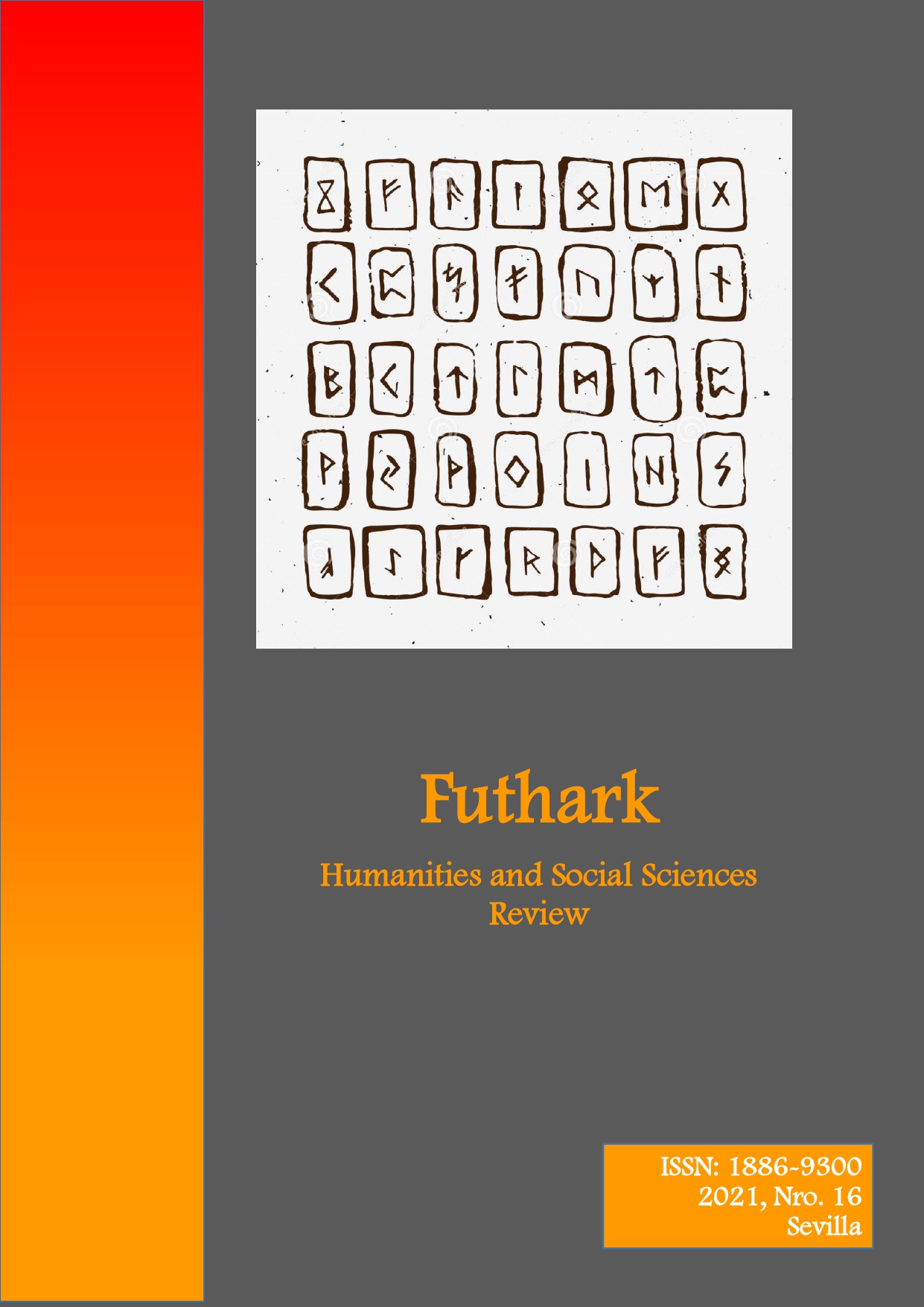The Figure of the Anarchist in Orwell’s Nineteen Eighty-Four and the Anime Psycho-Pass: From Traditional Anarchism to Modern-day Terrorism
DOI:
https://doi.org/10.12795/futhark.2021.i16.05Keywords:
Anarchism, Dystopia, target of attention, target of violence, terrorismAbstract
Nineteen Eighty-Four and Psycho-Pass depict two dystopian settings from which two trapped dystopian protagonists struggle to escape, each in his own respective method. Winston Smith may be seen as a traditional anarchist, someone who identifies his target well and rebels against this established order on mature consideration of action and consequences. Shogo Makishima, the protagonist of the Anime Psycho-Pass, on the other hand, adopts a different tactic. Like modern terrorists, his immediate and short-term attacks aim at establishing a climate of fear and horror rather than a change of the established regime. Through his acts, he shows us that he is our contemporary, insofar as he acts as a 21st century terrorist rather than a literary figure. He may be read in a Leninian-Trotskean fashion as well. He believes that violence and crime may be ethical if they “serve the revolution.” This paper will attempt at providing a more in depth reading of the two characters as anarchists.
Keywords: Anarchism, dystopia, target of attention, target of violence, terrorism.




